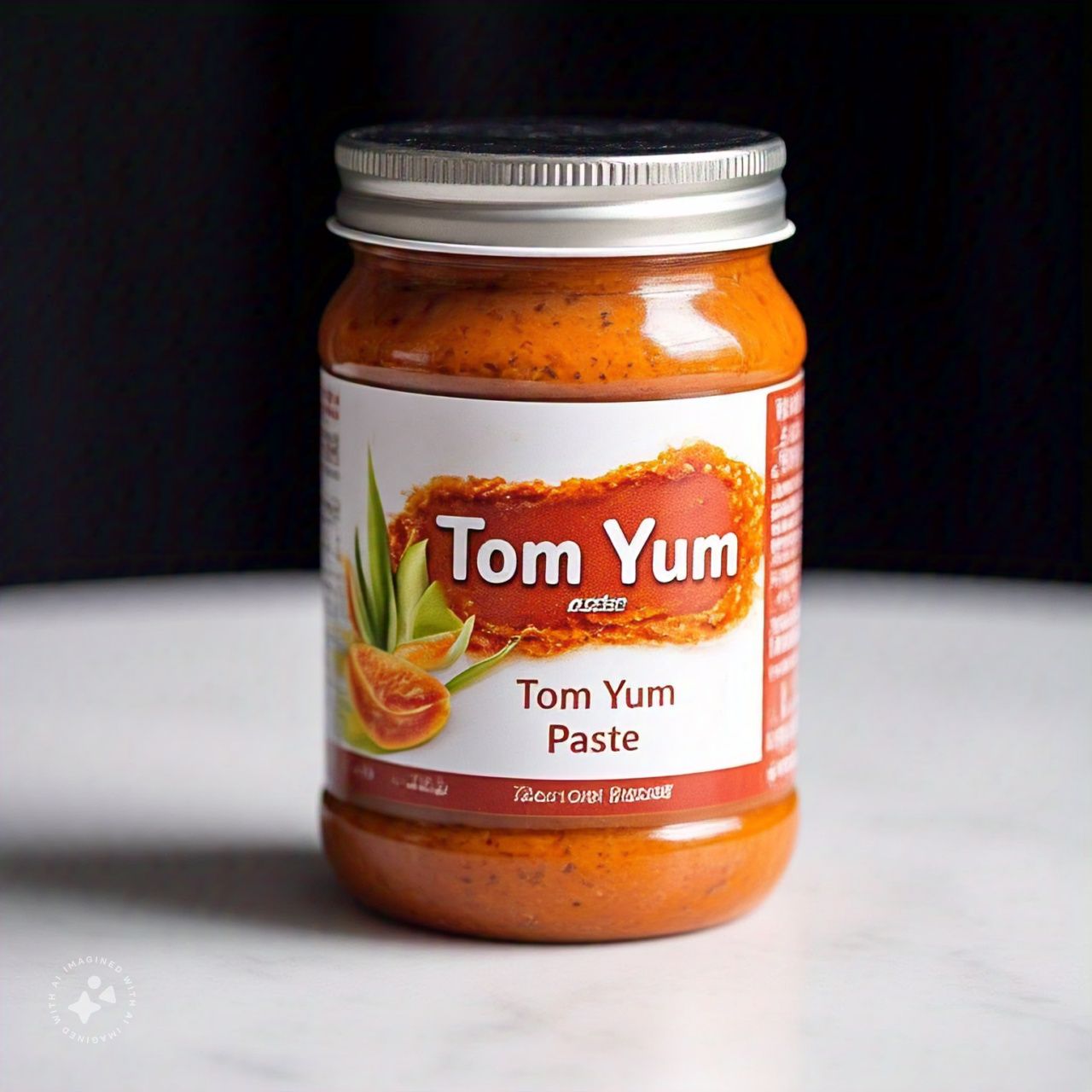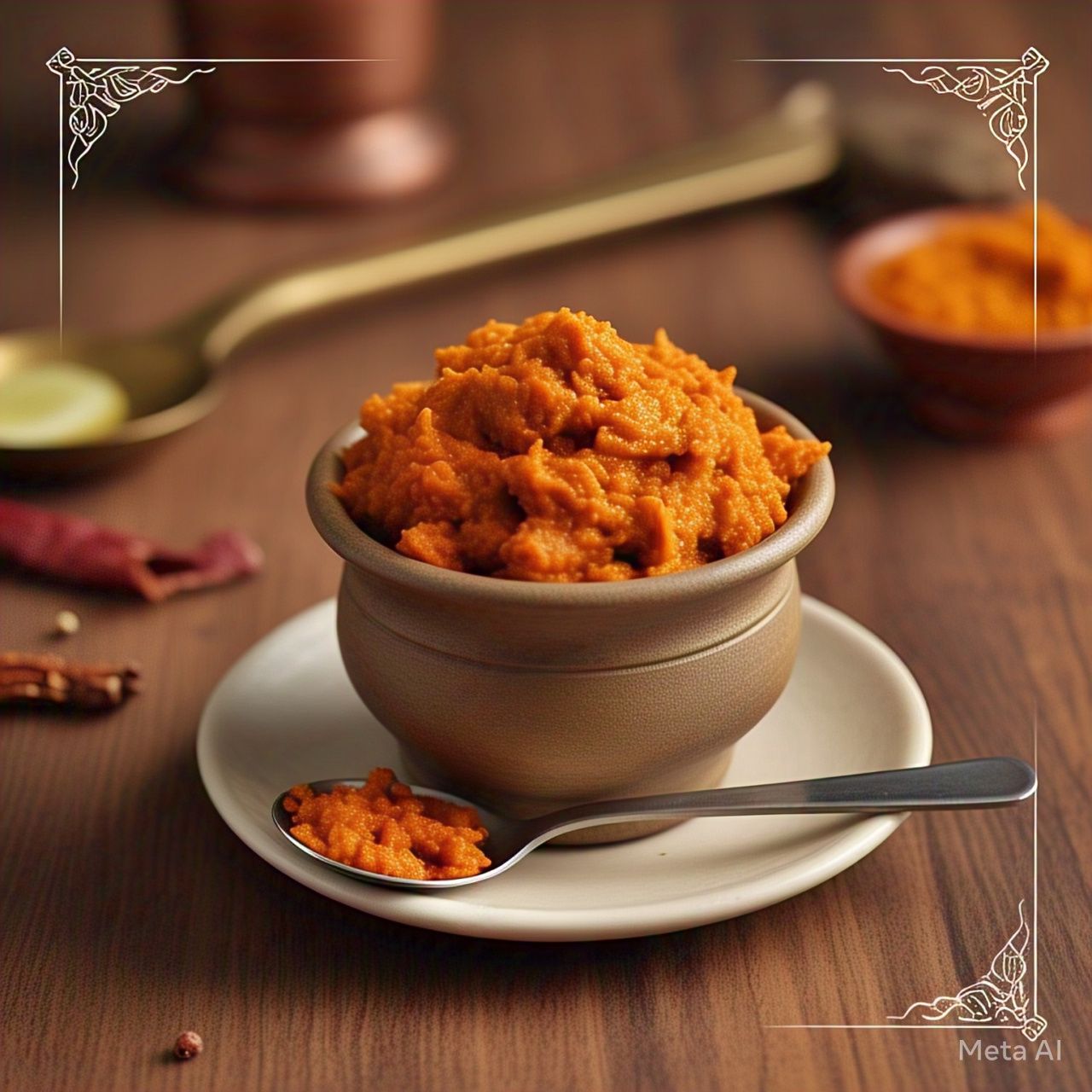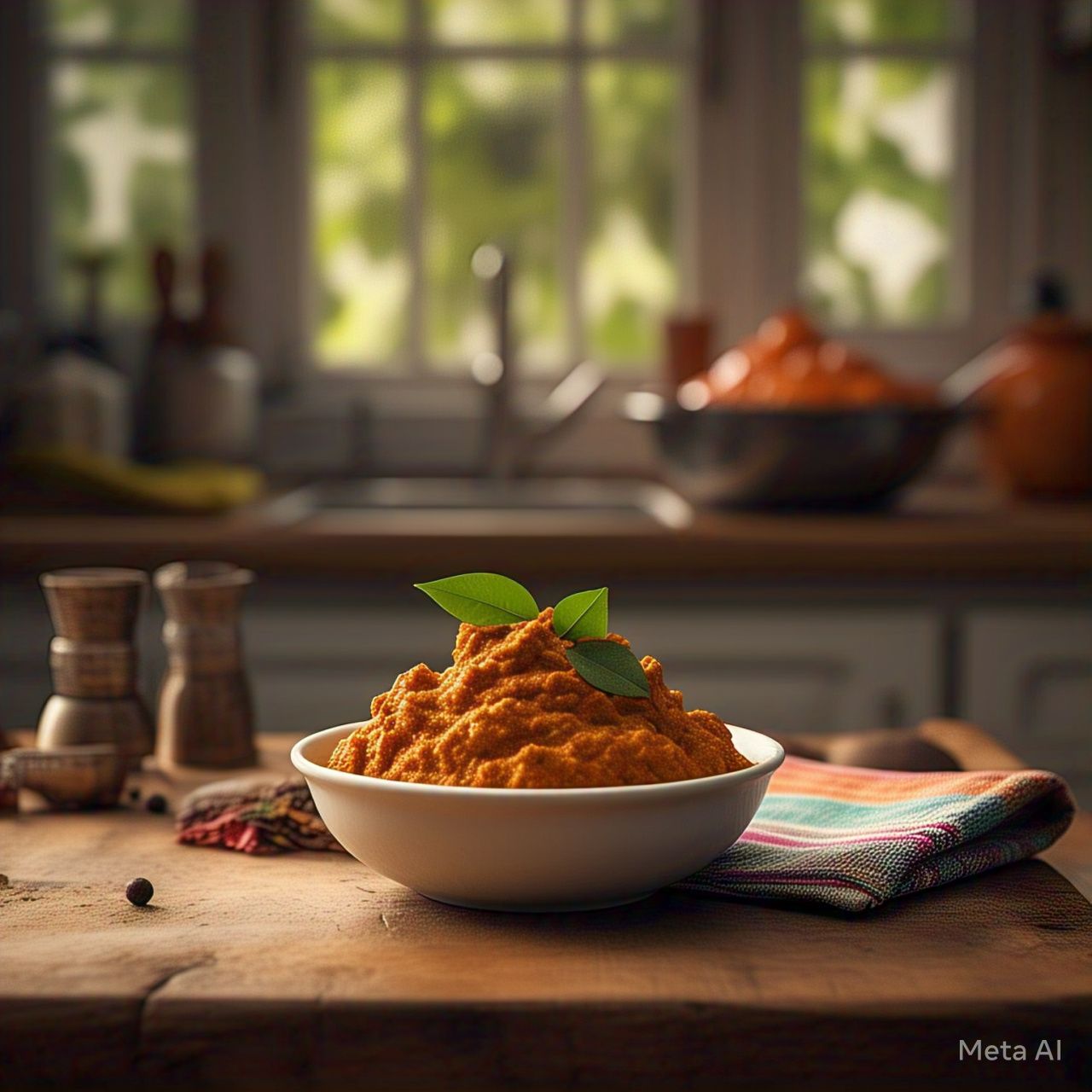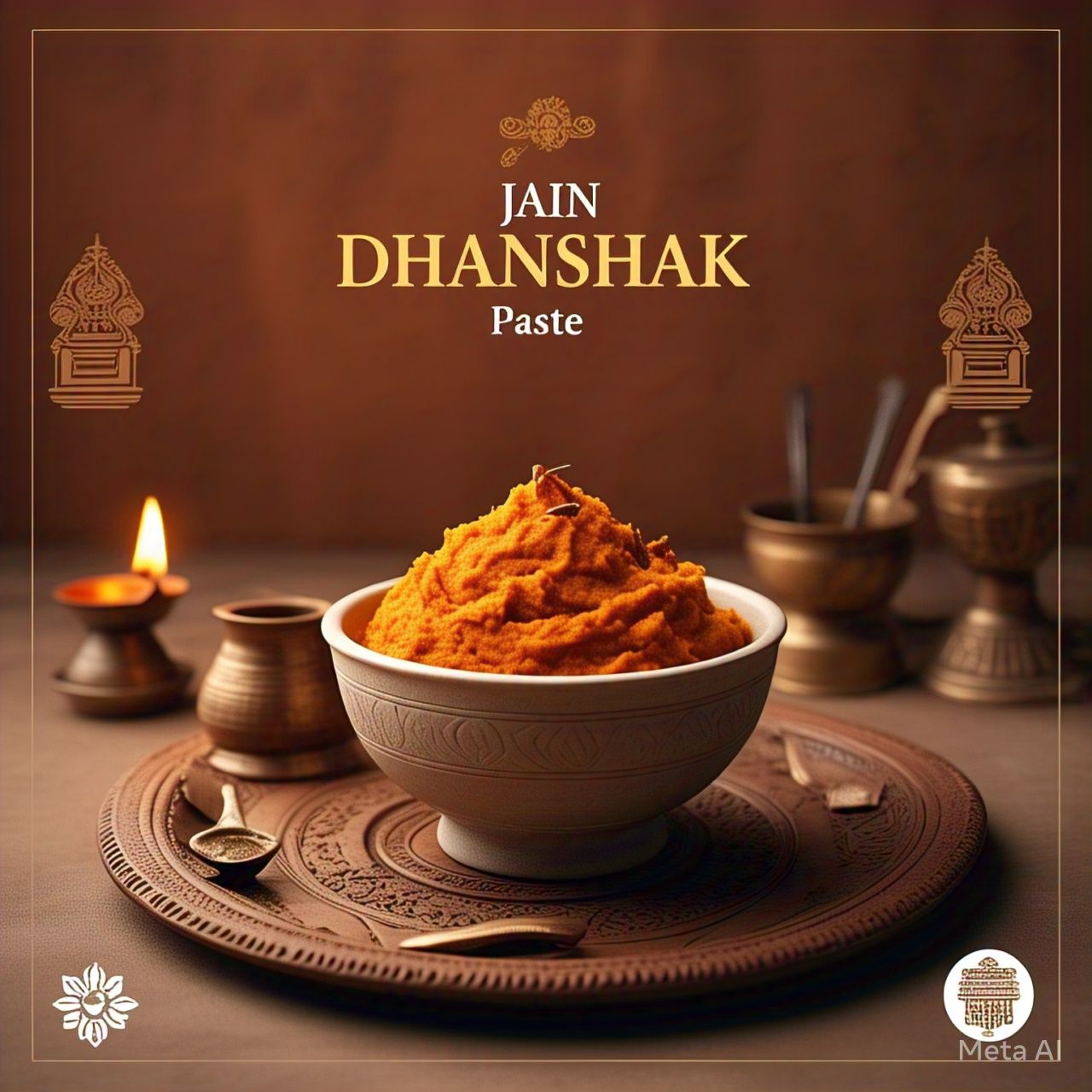Spices and seasonings are the heart of every great dish. They have the power to transform simple ingredients into a flavorful feast. This blog explores tips and techniques for using spices effectively, their benefits, and their role in sustainable cooking. We’ll also cover frequently asked questions, seasonal favorites, and the environmental impact of food waste. Whether you’re a beginner or a seasoned cook, these insights will elevate your culinary skills.
Why Cook with Spices and Seasonings?
Health Benefits
-
Rich in Nutrients: Many spices like turmeric, cinnamon, and cumin are packed with antioxidants and anti-inflammatory properties.
-
Reduced Salt Intake: Spices enhance flavor naturally, reducing the need for excess salt.
-
Digestive Aid: Ingredients like ginger and fennel support gut health.
Flavor Diversity
-
Spices add depth and complexity to dishes, enabling you to explore global cuisines without leaving your kitchen.
Sustainability
-
Using spices creatively allows you to make the most of pantry staples, reducing food waste and encouraging sustainable cooking practices.
Tips for Cooking with Spices and Seasonings
1. Know Your Spices
-
Whole vs. Ground:
-
Whole spices like cinnamon sticks or cardamom pods release flavors slowly and are ideal for long cooking times.
-
Ground spices are convenient and provide an immediate burst of flavor.
-
2. Toast Before Use
-
Toasting whole spices in a dry pan enhances their natural oils, resulting in a richer aroma and flavor.
3. Layer Your Spices
-
Add spices at different stages of cooking to build complexity. For example:
-
Add cumin seeds early for a base flavor.
-
Sprinkle ground coriander towards the end for a fresh burst.
-
4. Store Spices Properly
-
Keep spices in airtight containers away from heat and light to maintain their potency.
5. Experiment with Blends
-
Try creating your own spice blends like garam masala or za'atar to customize flavors.
Frequently Asked Questions
Q1: How do I know if my spices are fresh?
Answer: Fresh spices have a strong aroma. If the scent is weak, it’s time to replace them.
Q2: Can I substitute dried herbs for fresh ones?
Answer: Yes, but use one-third the amount of dried herbs as fresh, as dried herbs are more concentrated.
Q3: What is the best way to reduce spice heat in a dish?
Answer: Add dairy (like yogurt or coconut milk), a splash of citrus, or a pinch of sugar to balance the heat.
Seasonal and Holiday Favorites
Spring: Fresh mint and dill for light salads.
Summer: Smoked paprika and cumin for grilled vegetables.
Autumn: Cinnamon, nutmeg, and clove for warming soups and stews.
Winter: Star anise and cardamom for spiced teas and desserts.
Spice Comparisons: Choosing the Right Flavor
-
Cumin vs. Coriander:
-
Cumin: Earthy and warm, perfect for curries and roasted vegetables.
-
Coriander: Citrusy and fresh, great for salads and lighter dishes.
-
-
Paprika vs. Cayenne:
-
Paprika: Mild and smoky, ideal for rubs and soups.
-
Cayenne: Hot and spicy, best for heat lovers.
-
-
Turmeric vs. Saffron:
-
Turmeric: Earthy and vibrant, commonly used in curries and rice.
-
Saffron: Floral and luxurious, a staple in pilafs and desserts.
-
Cooking Techniques to Maximize Spice Flavor
-
Infusing:
-
Add spices like bay leaves and cloves to simmering liquids for subtle flavor.
-
-
Grinding Fresh:
-
Use a spice grinder or mortar and pestle to freshly grind spices for a stronger taste.
-
-
Marinating:
-
Mix spices with oil or yogurt to marinate vegetables before grilling or roasting.
-
-
Deglazing:
-
After sautéing spices, deglaze the pan with broth or juice to create a flavorful sauce.
-
Environmental Impact: Spices and Food Waste
Reducing Food Waste with Spices
-
Repurpose Leftovers: Use spices to transform leftovers into new dishes, like curry from roasted vegetables.
-
Extend Shelf Life: Marinate fresh produce with spices to extend their usability.
-
Batch Cooking: Prepare spice mixes in bulk to minimize packaging waste.
Sustainable Sourcing
-
Opt for fair-trade and organic spices to support ethical farming practices and reduce environmental harm.
News & Trends in the Spice World
-
Emerging Flavors:
-
Exotic blends like Ethiopian berbere and Japanese shichimi togarashi are gaining popularity.
-
-
Health-Conscious Cooking:
-
Turmeric lattes and golden milk are trending for their health benefits.
-
-
DIY Spice Blends:
-
Home cooks are embracing the art of blending their own spices to reduce reliance on store-bought mixes.
-
Conclusion
Cooking with spices and seasonings is an art that brings flavor, health, and sustainability to your kitchen. By understanding their properties and experimenting with techniques, you can elevate any dish. Whether it’s a comforting winter soup or a zesty summer salad, spices will always be your best culinary companion. Start exploring today and make your meals unforgettable.





Share:
Chivda Masala: The Essential Spice Blend for Flavorful Snacks
Sev Usal Masalas: The Perfect Spice Blend for a Flavorful Dish